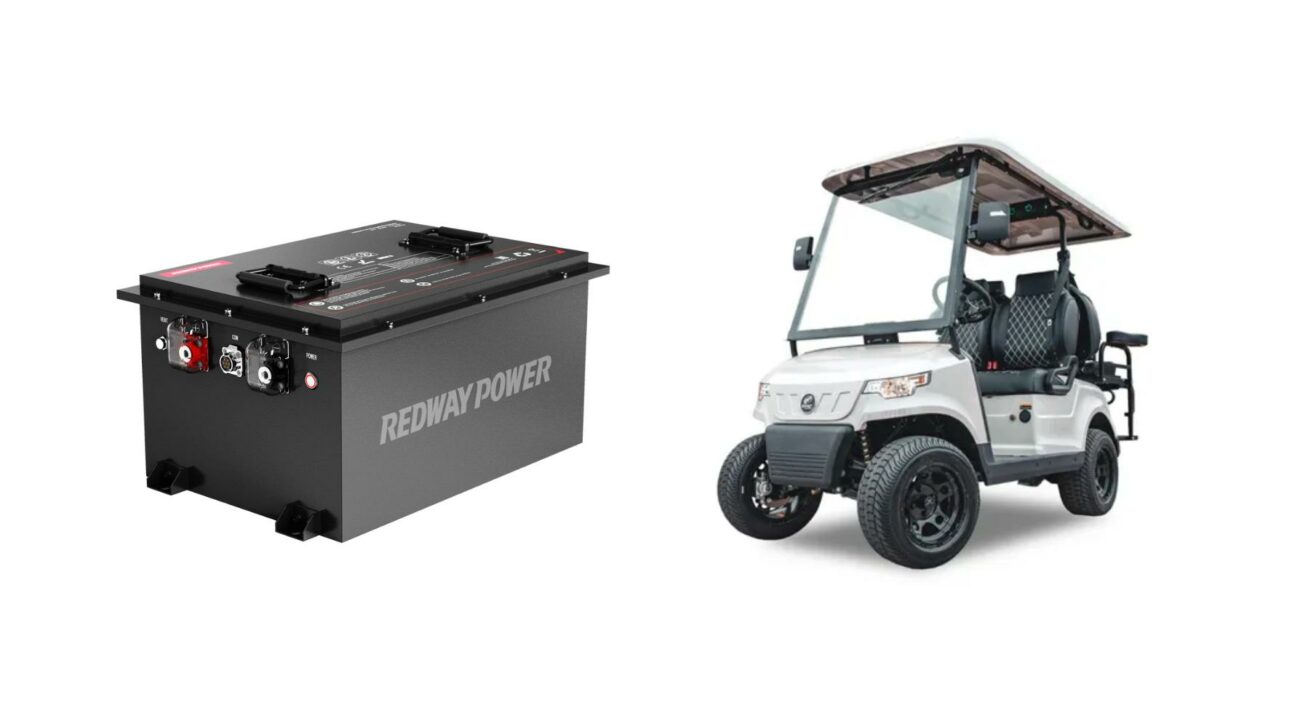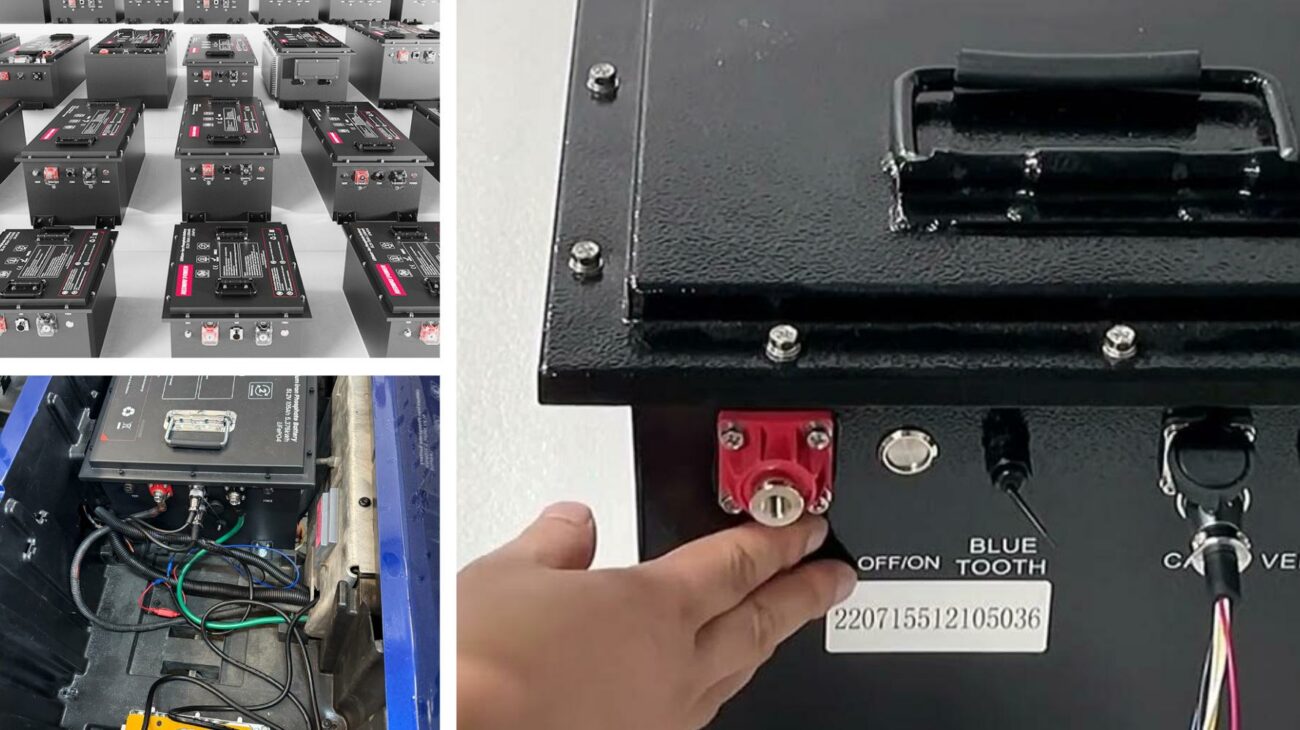2025 The best golf cart batteries balance longevity, power output, and cost. Lithium-ion batteries (e.g., Redway Power LiFePO4) excel in lifespan and efficiency, while lead-acid remains budget-friendly. Factors like terrain, cart voltage, and maintenance habits determine optimal choice. Top-rated options include Trojan T-105 (flooded) and RELiON LT (lithium). Always verify compatibility and warranty terms.
72V 200Ah Lithium Golf Cart Battery
What Are the Different Types of Golf Cart Batteries Available?
2025 Golf cart batteries fall into three categories: flooded lead-acid (lowest upfront cost, high maintenance), AGM (maintenance-free, vibration-resistant), and lithium-ion (lightweight, 3x lifespan). Lithium batteries like Redway Power’s 48V LiFePO4 dominate premium markets due to faster charging and deeper discharge cycles. Flooded batteries suit budget-conscious users willing to perform regular upkeep.
| Type | Cycle Life | Weight | Maintenance |
|---|---|---|---|
| Flooded Lead-Acid | 500 cycles | 60-70 lbs | High |
| AGM | 700 cycles | 55-65 lbs | Low |
| Lithium-Ion | 2000+ cycles | 25-35 lbs | None |
How Do Temperature Extremes Affect Battery Performance?
2025 Heat accelerates chemical degradation (20% capacity loss per 15°F above 77°F), while cold reduces usable capacity (50% at 0°F). Lithium-ion handles temperature swings better than lead-acid but still requires thermal management. Redway Power integrates self-heating lithium packs for sub-freezing operation. Insulate battery compartments and avoid direct sunlight exposure to mitigate temperature impacts.
Battery chemistry reacts differently to temperature variations. Lead-acid batteries experience electrolyte freezing below 20°F, causing permanent damage. Lithium batteries maintain 80% efficiency at -4°F when equipped with heating systems. Summer heat poses greater risks – sustained temperatures above 95°F can halve lead-acid battery lifespan. Advanced thermal management systems in premium lithium units monitor cell temperatures 200 times per second, adjusting charge rates dynamically. Golfers in Arizona and Florida should prioritize batteries with built-in cooling fans and UV-resistant casings.
Can Solar Charging Systems Integrate With Golf Cart Batteries?
2025 Yes, 48V lithium systems pair optimally with 200W+ solar panels. Redway offers MPPT-compatible batteries needing only 6 hours of sunlight for full charges. Lead-acid requires charge controllers to prevent sulfation. Solar extends range by 15-25 miles daily in sunny climates. Ensure compatibility between panel voltage and battery bank specifications to avoid efficiency losses.
Solar integration requires careful system matching. A 300W solar array can fully charge a 48V/100Ah lithium battery in 8 hours peak sunlight. Key components include:
- MPPT charge controllers (98% efficiency vs PWM’s 70%)
- Deep-cycle compatible inverters
- Voltage matching between panels and battery bank
Redway’s solar-ready batteries feature built-in charge controllers, reducing installation complexity. Golfers report 30% reduction in energy costs when combining solar with lithium batteries. Desert courses using solar-charged fleets achieve 100% daytime operation without grid dependence.
“Modern lithium batteries revolutionize golf cart economics,” says Dr. Elena Marquez, Redway’s Chief Engineer. “Our stress-tested LiFePO4 cells deliver 8-10 years of service life with zero maintenance—a 300% ROI improvement over lead-acid. The real innovation lies in modular designs; customers can start with 48V systems and upgrade to 72V without replacing entire packs. Always prioritize batteries with active cell balancing for consistent performance.”
FAQs
- How long do golf cart batteries typically last?
- Flooded lead-acid: 4-6 years with perfect maintenance. AGM: 5-7 years. Lithium-ion: 10+ years. Actual lifespan depends on discharge depth, charging habits, and environmental conditions.
- Can I mix old and new batteries in my cart?
- Never mix batteries of different ages, types, or capacities. Mismatched batteries cause uneven charging, reducing overall pack life by up to 40%.
- What voltage is best for hilly terrain?
- 48V systems provide 20% more torque than 36V models. For steep inclines, consider Redway’s 72V lithium packs with 300A continuous discharge ratings.





